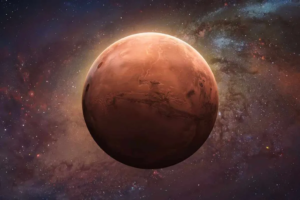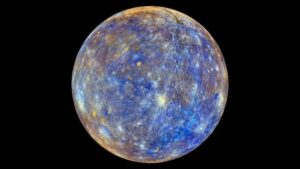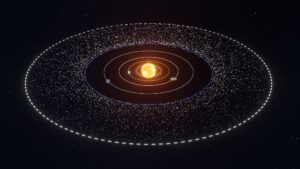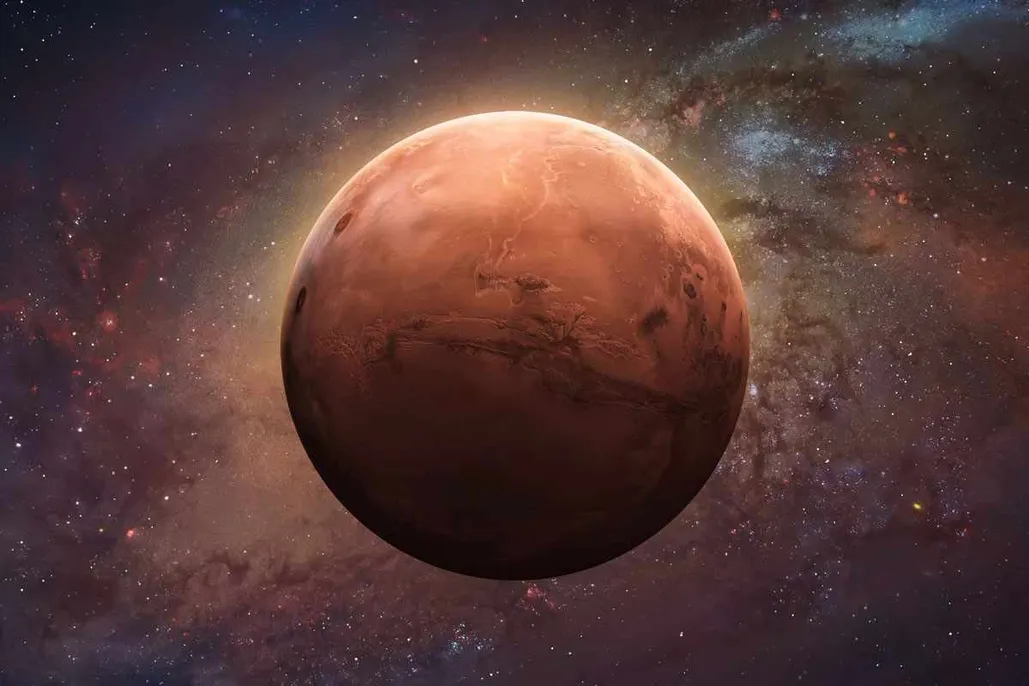
Exploring Jupiter’s Physical Characteristics and Its Moons
Jupiter, the largest planet in our Solar System, is a gas giant that captivates astronomers and space enthusiasts alike. Its immense size, dynamic atmosphere, and intriguing moons make it a fascinating subject of study. Let’s dive into the fundamental aspects of this colossal planet. Jupiter’s Size and Mass Jupiter is



















